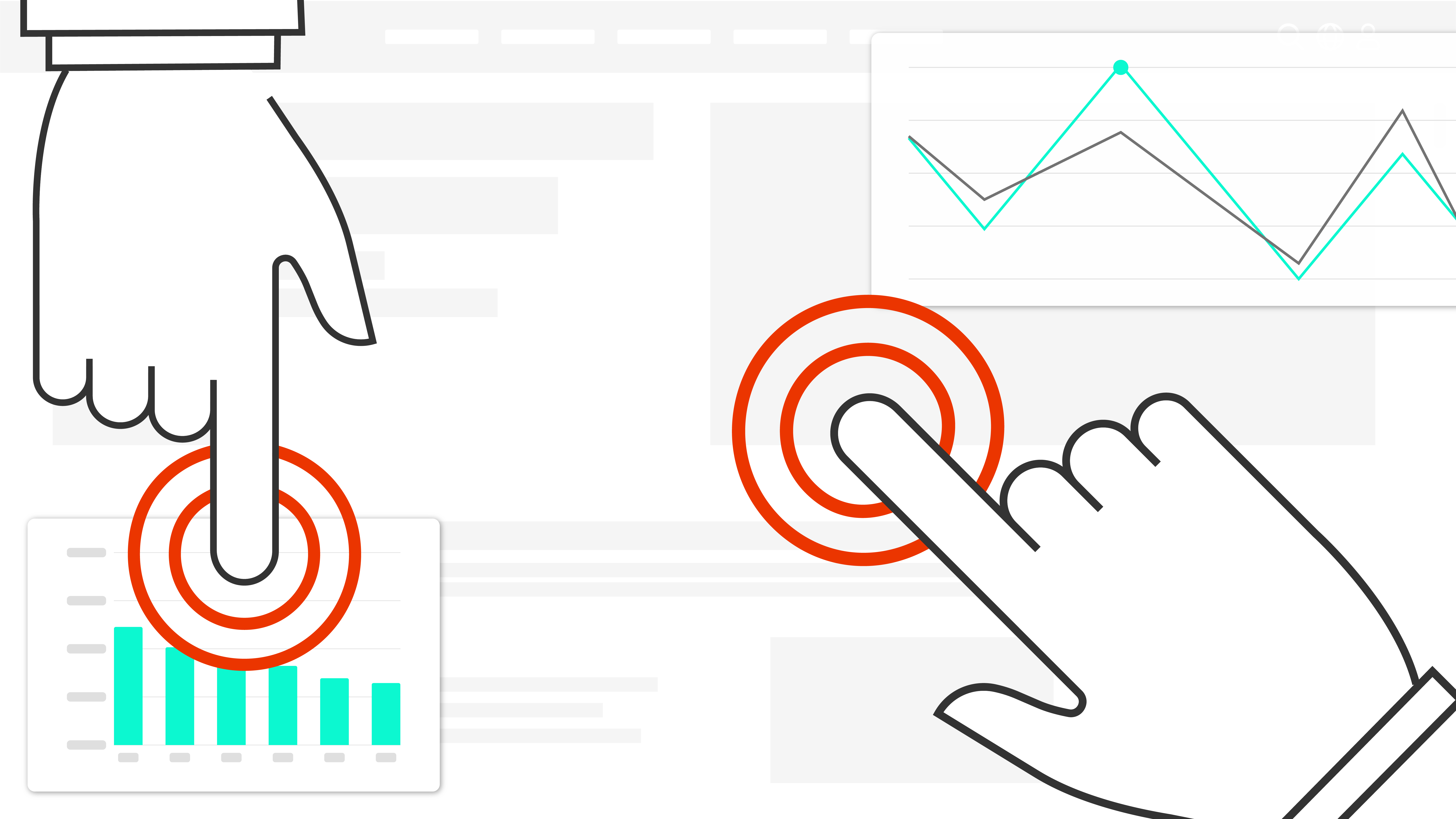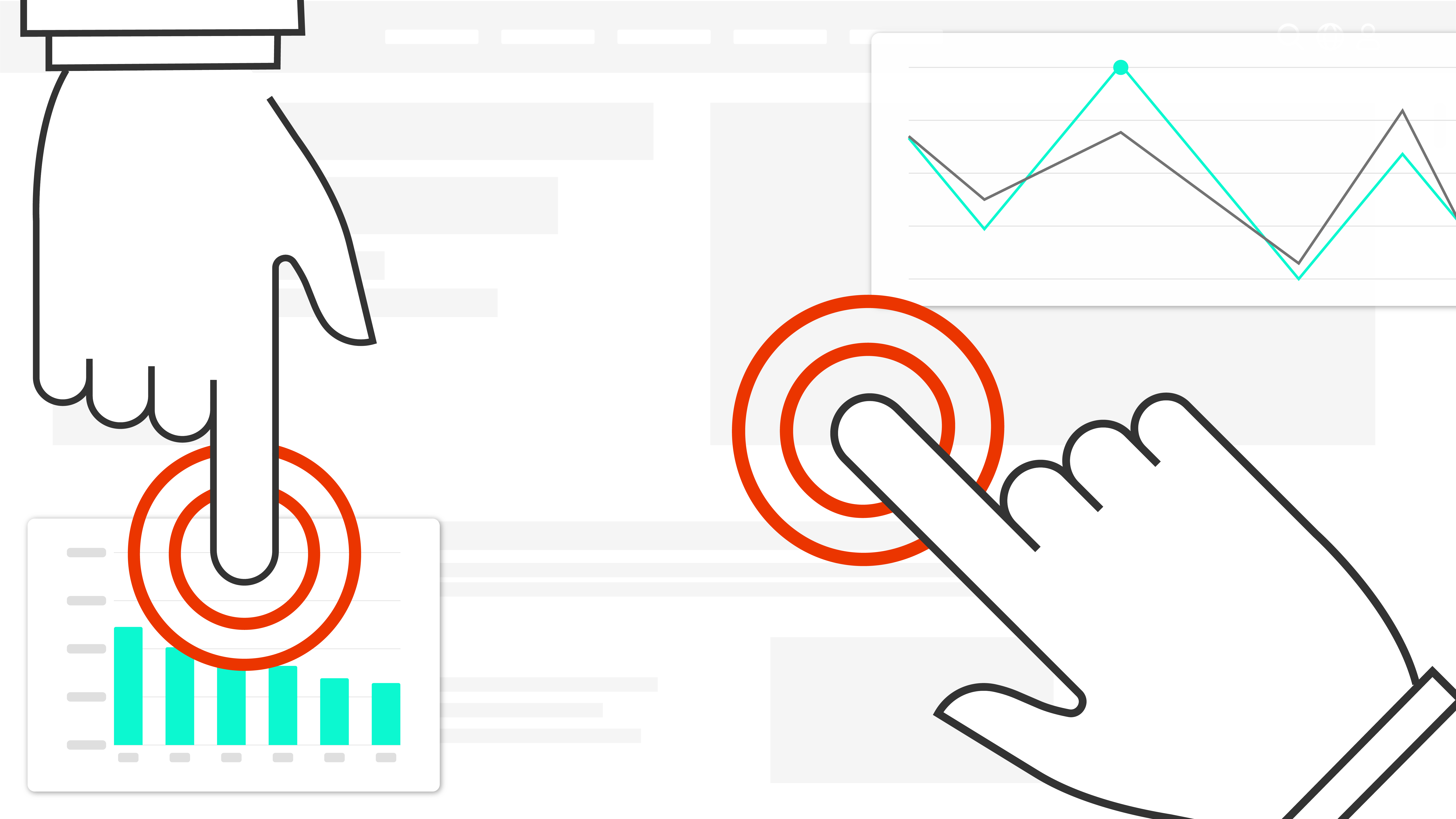In the crowded world of digital marketing, your email’s success often comes down to two critical metrics: open rate and click-through rate (CTR). High open rates mean your subject lines and timing are working; strong CTR shows your message resonates and drives action. If either metric is underperforming, even the best content won’t bring results.
The good news? You don’t need to overhaul your entire strategy. A few strategic tweaks can significantly boost performance. In this guide, we’ll break down practical steps to increase open and click-through rates using proven, easy-to-implement tactics.
Why Open and Click-Through Rates Matter
Email marketing remains one of the highest ROI channels. According to Litmus, for every $1 spent, the average ROI is around $36. But this ROI only materializes when recipients open your emails and engage with the content inside.
-
Open Rate measures how many recipients actually open your email. It reflects the first impression—your subject line, sender name, and timing.
-
Click-Through Rate measures how many people click on links within your email. It shows how compelling and relevant your message is.
If your open rate is low, people aren’t even seeing your offer. If your CTR is low, your content or call to action isn’t converting interest into action. By improving these two levers, you can multiply the impact of every campaign without increasing your budget.
1. Craft Compelling Subject Lines
Your subject line is your front door. It determines whether your email gets opened—or ignored. Studies show nearly 47% of recipients open emails based on subject line alone.
Simple Tweaks to Improve Subject Lines:
-
Personalize it: Adding the recipient’s name or location can boost open rates. Example: “Sarah, here’s your exclusive invite!”
-
Create urgency: Use time-sensitive language like “Ends Tonight” or “Last Chance.”
-
Ask a question: Questions naturally spark curiosity. Example: “Ready to double your sales?”
-
Keep it short: Aim for 40–50 characters. Shorter subject lines display better on mobile.
-
Use action verbs: Words like “Unlock,” “Discover,” or “Boost” inspire engagement.
-
Avoid spammy words: Overuse of words like “Free,” “Buy,” or “Cash” can hurt deliverability.
Pro Tip: Test different subject lines with A/B testing. Small changes in wording can create major differences in open rates.
2. Optimize Your Preview Text
The preview text, sometimes called the preheader, is the snippet that appears next to or beneath the subject line in most email clients. It’s your second chance to convince recipients to open.
Simple Tweaks for Preview Text:
-
Complement, don’t repeat, the subject line.
-
Add context or hint at the value inside.
-
Keep it between 35–90 characters.
-
Use it as a mini call-to-action. Example:
-
Subject: “Get 50% Off Today Only”
-
Preview: “Exclusive offer ends at midnight. Don’t miss out!”
-
This tiny piece of text can be the deciding factor between a click and a delete.
3. Personalize Your Emails Beyond the Name
Personalization goes far beyond just inserting someone’s first name. Subscribers want relevant content tailored to their interests, behaviors, or previous interactions.
Personalization Tactics:
-
Segment your list based on demographics, behavior, or purchase history.
-
Send location-specific offers or content.
-
Recommend products based on past purchases.
-
Use dynamic content blocks to show different messages to different segments.
Personalized emails can increase open rates by up to 26% and click-through rates by 14%.
4. Send at the Right Time
Timing can make or break your campaign. Even the best subject line won’t help if your email lands in the inbox at the wrong moment.
How to Find the Best Time:
-
Analyze your past campaign data to identify peak open times.
-
Consider time zones if your list is global.
-
Test sending times for different segments.
-
Avoid Monday mornings (overloaded inboxes) and late Friday afternoons (low engagement).
General studies suggest Tuesdays, Wednesdays, and Thursdays mid-morning tend to work best, but nothing beats your own data.
5. Clean Your Email List Regularly
Sending emails to people who never open them drags down your performance metrics. Worse, it can hurt your sender reputation and lead to more emails landing in spam folders.
List Hygiene Tweaks:
-
Regularly remove inactive subscribers (e.g., no opens in 6 months).
-
Send a re-engagement campaign before removing people.
-
Use double opt-in to ensure only interested subscribers join.
-
Validate email addresses to reduce bounce rates.
A smaller but engaged list is always better than a large, unresponsive one.
6. Strengthen Your Sender Name
People are more likely to open emails from trusted senders. A confusing or unfamiliar “From” name can cause recipients to scroll past your message.
Best Practices:
-
Use a recognizable name (brand or person).
-
Avoid “noreply@” emails—people prefer communicating with real addresses.
-
Keep it consistent across campaigns.
Example:
-
Poor: “info123@brand.com”
-
Better: “Mia from BrandName”
7. Mobile Optimization Is Non-Negotiable
More than 50% of emails are opened on mobile devices. If your email looks messy or loads slowly, users won’t click through.
Mobile Optimization Tips:
-
Use responsive design.
-
Keep subject lines short so they display fully.
-
Use larger buttons and CTAs for easy tapping.
-
Avoid tiny fonts or cluttered layouts.
-
Test across multiple devices before sending.
Even small formatting tweaks can significantly increase mobile engagement rates.
8. Write Clear, Action-Oriented CTAs
Once someone opens your email, your call-to-action (CTA) determines whether they click. Weak or unclear CTAs can crush your click-through rate.
CTA Tweaks:
-
Use one primary CTA per email. Too many options confuse readers.
-
Make buttons stand out with contrasting colors.
-
Use action-oriented language: “Claim Your Offer” vs. “Click Here.”
-
Position the CTA strategically—ideally near the top and again at the bottom.
-
Create urgency: “Sign up now,” “Limited spots left,” “Claim before midnight.”
9. Use Storytelling to Increase Engagement
People don’t respond well to robotic or purely transactional emails. A compelling story can emotionally connect with your audience and encourage action.
Ways to Incorporate Storytelling:
-
Share customer success stories.
-
Show behind-the-scenes moments.
-
Frame your offer as part of a narrative (“Imagine waking up tomorrow to double the traffic…”).
-
Use conversational language.
Storytelling increases email dwell time, making it more likely users will click through.
10. Segment Your Audience for Relevance
A one-size-fits-all email strategy doesn’t work anymore. Segmented campaigns often see up to 100% higher CTR than non-segmented ones.
Segmentation Ideas:
-
New subscribers vs. loyal customers
-
Product interest categories
-
Geographic location
-
Engagement level
-
Past purchase behavior
Sending relevant content means subscribers are more likely to open and act.
11. A/B Test Every Campaign
A/B testing isn’t just for subject lines. You can test almost every element of your email to find what works best.
What to Test:
-
Subject lines
-
Preview text
-
CTA button color or wording
-
Email layout
-
Image use
-
Personalization elements
-
Send time
Make sure to test one element at a time for accurate results. Over time, these tests will give you a data-driven playbook to increase both open and click rates.
12. Leverage Scarcity and Exclusivity
People are more likely to act when they feel they might miss out. Scarcity creates urgency, and exclusivity makes subscribers feel special.
Tactics:
-
“Limited spots available”
-
“Offer expires in 12 hours”
-
“Exclusive invite for subscribers only”
But use these tactics genuinely—false urgency erodes trust.
13. Use Visuals Strategically
A visually engaging email can encourage readers to keep scrolling and click. But overloading it with heavy images can slow load times.
Visual Tweaks:
-
Use high-quality, compressed images.
-
Add alt text for accessibility and better deliverability.
-
Break up long text blocks with visuals.
-
Use GIFs sparingly to grab attention.
-
Ensure CTAs remain visible even if images are turned off.
Balance aesthetics with functionality for optimal performance.
14. Make Your Value Proposition Obvious
Recipients should immediately understand what’s in it for them. If your email makes them work to figure that out, they’ll likely bounce.
How to Sharpen Your Value Proposition:
-
State the benefit in the first line.
-
Highlight offers clearly.
-
Avoid jargon and fluff.
-
Use bullet points for clarity.
-
Ensure the CTA reinforces the benefit.
Example: Instead of “Learn More,” say “Get Your Free Guide.”
15. Build Trust Over Time
Subscribers who trust your brand are more likely to open and click. Consistency and transparency are key.
Trust-Building Tactics:
-
Deliver on your promises (e.g., if you say “weekly newsletter,” don’t send daily).
-
Use a clean, professional design.
-
Share real stories and results.
-
Provide easy unsubscribe options.
-
Avoid clickbait.
Over time, trust leads to higher engagement across the board.
16. Resend Campaigns to Non-Openers
Sometimes your email just lands at the wrong time. Instead of letting it go to waste, resend the campaign with a tweaked subject line to those who didn’t open the first time.
How to Do It Right:
-
Wait 2–3 days after the initial send.
-
Change the subject line to add a fresh angle.
-
Avoid resending too many times (once or twice is enough).
This simple step can recover 10–15% more opens.
17. Monitor and Improve Deliverability
Even the best email won’t get opened if it never lands in the inbox. Good deliverability practices ensure your messages avoid spam folders.
Deliverability Tips:
-
Authenticate your emails with SPF, DKIM, and DMARC.
-
Avoid spam trigger words and excessive punctuation.
-
Keep your complaint rate low.
-
Use a reputable email service provider.
-
Warm up new domains gradually.
High inbox placement = more open opportunities.
18. Add Interactive Elements
Adding subtle interactive features can make your email more engaging and increase click-through rates.
Examples:
-
Polls or surveys
-
Countdown timers
-
Accordion menus for FAQs
-
Product carousels
Interactivity invites participation, which often translates into clicks.
19. Create a Sense of Community
When people feel like they’re part of something, they engage more.
Community-Building Tactics:
-
Use inclusive language (“you’re part of our community”).
-
Spotlight user-generated content.
-
Invite replies or feedback.
-
Offer exclusive perks to subscribers.
An emotionally connected audience is far more responsive.
20. Analyze, Adapt, and Repeat
Improving open and click-through rates is not a one-time task—it’s an ongoing process. Regularly track performance metrics, learn from data, and refine your strategy.
Key Metrics to Watch:
-
Open rate
-
Click-through rate
-
Click-to-open rate (CTOR)
-
Bounce rate
-
Unsubscribe rate
-
Conversion rate
Use these insights to double down on what works and cut what doesn’t.
Final Thoughts
Improving open and click-through rates doesn’t require a massive overhaul. Often, simple, strategic tweaks—like refining your subject lines, personalizing your content, optimizing send times, and testing elements—can produce dramatic improvements.
Remember, each percentage point increase in open or click rate compounds over time, boosting engagement, conversions, and ultimately, revenue.
Start with one or two tweaks from this guide, measure the results, and build momentum from there. Consistency, personalization, and smart optimization will set your email campaigns apart from the rest.

